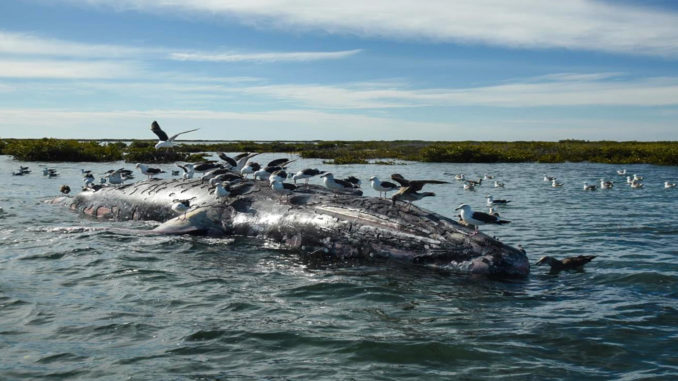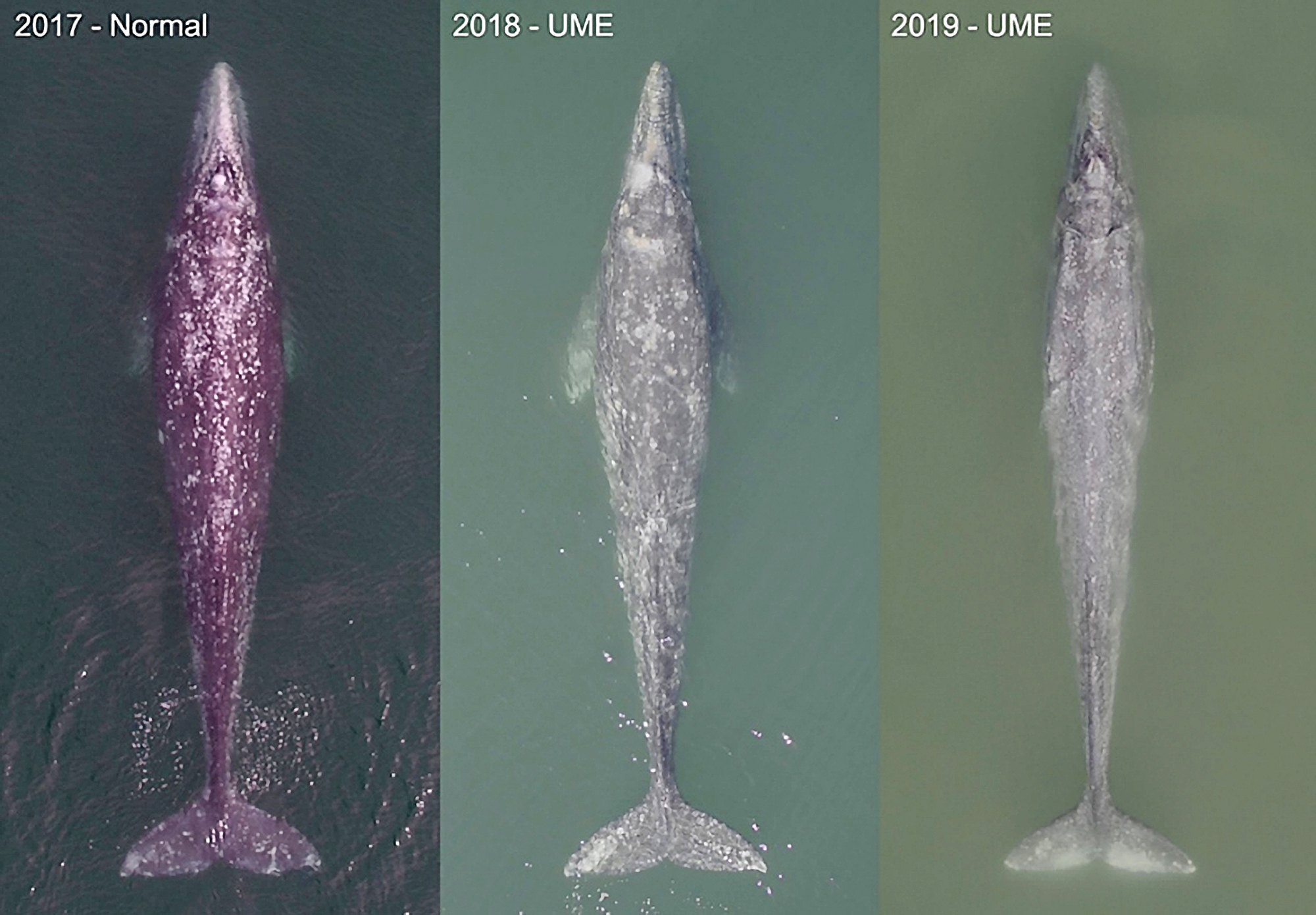
CALIFORNIA, USA – Scientists have warned that the population of America’s Gray whales has decreased by 30 percent in just a few years due to a lack of food in their natural habitat.
Gray whales, which are often found on the coasts of the USA, Canada, and Mexico, were until now considered to have recovered after a sharp decline due to fishing.
But Professor Jorge Urban Ramirez, 64, from the Autonomous University of Baja California Sur, located in La Paz, in the north-western Mexican state of Baja California Sur, said that experts noticed a significant decrease in the gray whale population since 2019.
In 2017, it was confirmed there were around 27,000 individuals left, which, according to Professor Urban, “is one of the highest recorded numbers in the last 20 years”.However, the situation changed in 2019, when they recorded a huge increase in mortality in their traditional breeding area on the Mexican coast.
“They are not feeding enough, they are weak, with less natural defenses for their daily routine, with less energy to avoid boats and to free themselves from fishing nets,” Ramirez said.

Ramirez explained that usually, newborn whale calves tended to be stranded on the beaches because they are smaller and weaker.
“But this year, most of them were young whales and adults, not babies, and that was strange,” said Ramirez.
As per Ramirez, their concerted effort confirmed that the mortality rate was indeed high, and it also demonstrated that “of those still alive, an important number was very thin and also that there were fewer offspring born”.
The same situation was noted in 2020 and he believed that “this year, the same is happening and is even more serious”.
The researchers currently believe the main causes regarding this high mortality rate stem from problems in the whale’s feeding areas, which in the case of the gray whale, is the Bering Sea.
He noted it was highly relevant that gray whales only feed during a specific time of year and never when they are breeding. They take advantage of a period of time when there are 24 hours of daylight in the Bering Sea, which is when there is a lot of food.
Ramirez explained that as the ice cap is shrinking, there are lesser and fewer algae composting in the deep ocean and this, therefore, results in less food for the whales.
The professor explained that this phenomenon could be also a cyclical problem, a vicious circle of sorts, and something similar was also noted from 1998 to 2001. At that time it had been blamed on weather phenomena, but this time around, the expert said the same weather phenomena had not occurred which put the causal link between the two incidents in question.
The decrease in their food supply is affecting their behavior, too. For example, he said that some whales are now trying to feed in the breeding area, near Mexico, because they are thinner than in previous years.
“If they are starving, they look for food wherever they are, but the amount of food in the breeding areas is not enough.” he said.
The experts are continuing their research in the hope of finding more answers and hopefully some solutions to the problem.
(Edited by Ritaban Misra and Vaibhav Vishwanath Pawar.)
The post Thinning Out: How Global Warming Is Starving Whales, Say Scientists appeared first on Zenger News.
